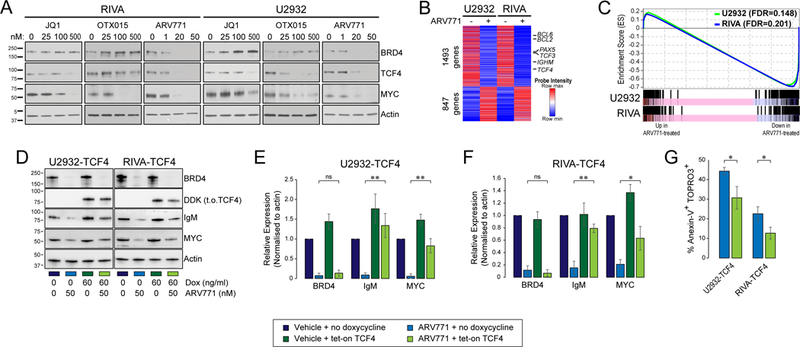Figure 6: BET proteolysis-targeting chimeras (PROTAC) effectively inhibit TCF4.

(A) The treatment of ABC-like DLBCL cell lines with high TCF4 DNA copy number using small molecule BET inhibitors, JQ1 and OTX015, leads to an accumulation of BRD4 but can reduce the BRD4-targets TCF4 and MYC. The BET PROTAC, ARV771, effectively degrades BRD4 and leads to a more potent reduction of TCF4 and MYC at 10-fold lower doses than the small molecule inhibitors. (B) The treatment of U2932 and RIVA cell lines with 50nM of ARV771 for 24h led to broad changes in transcript levels. This included the down-regulation of known BRD4 target genes, BCL6 and PAX5, as well as the down-regulation of TCF4 and its target gene, IGHM. (C) Gene set enrichment analyses are overlaid for U2932 (green) and RIVA (blue) for the set of genes that were more highly expressed in primary ABC-like tumors with TCF4 DNA copy number gain compared to those tumors without DNA copy number gain, as shown in Figure 3A. Treatment with ARV771 led to a significant and coordinate down-regulation of this TCF4-associated signature in both the U2932 and RIVA cell lines. (D) The TCF4 target genes IgM and MYC are reduced by ARV771 treatment, but can be partially rescued by enforced expression of DDK-tagged tetratcyline-inducible TCF4 (t.o.TCF4). As expected, the expression of BRD4 was not rescued. (E-F) Quantification of triplicate experiments for U2932 (E) and RIVA (F) shows that IgM and MYC expression are significantly rescued by enforced expression of TCF4. Each bar represents the mean +/− S.E.M. of 3 independent experiments, compared with a Student’s T-test. *p<0.05, **p<0.01. (G) The rescue of TCF4 expression ameliorated, but did not eliminate, the apoptosis induced by ARV771 treatment, as shown by the percentage of Annexin-V+ TOPRO-3+ cells with or without TCF4 rescue by doxycycline-induced expression. Bars represented the mean +/− S.E.M., compared using a Student’s T-test. *p<0.05.
